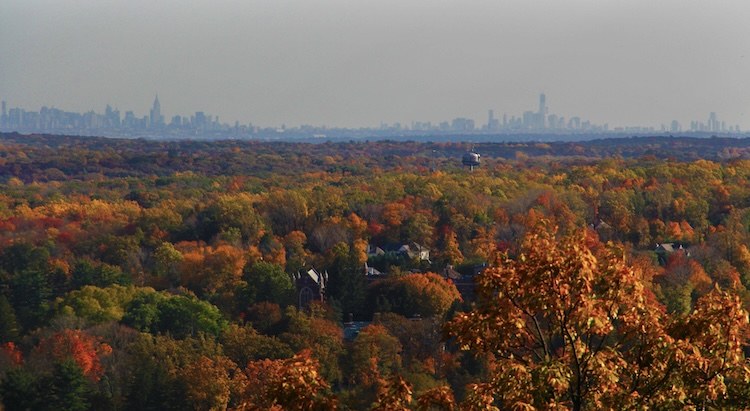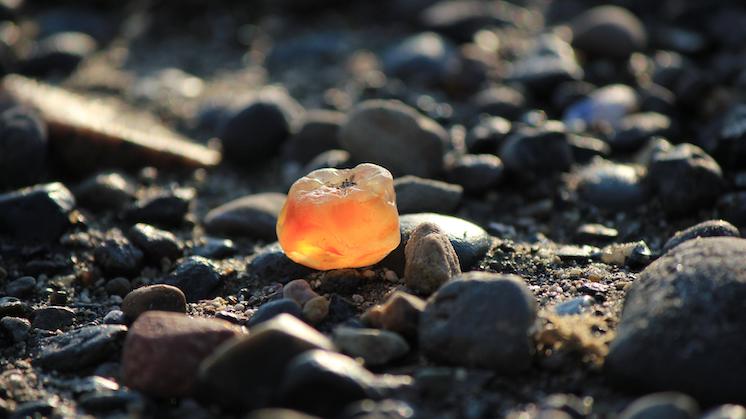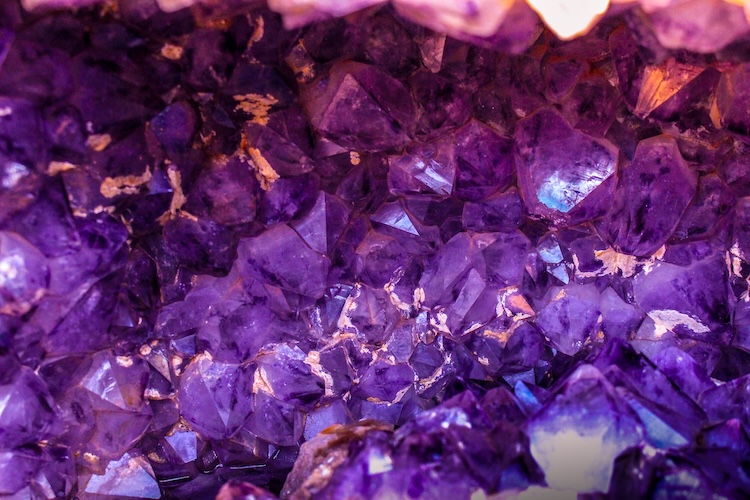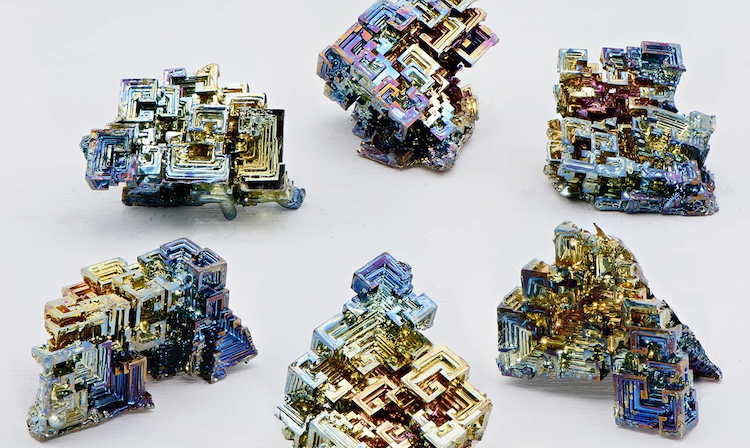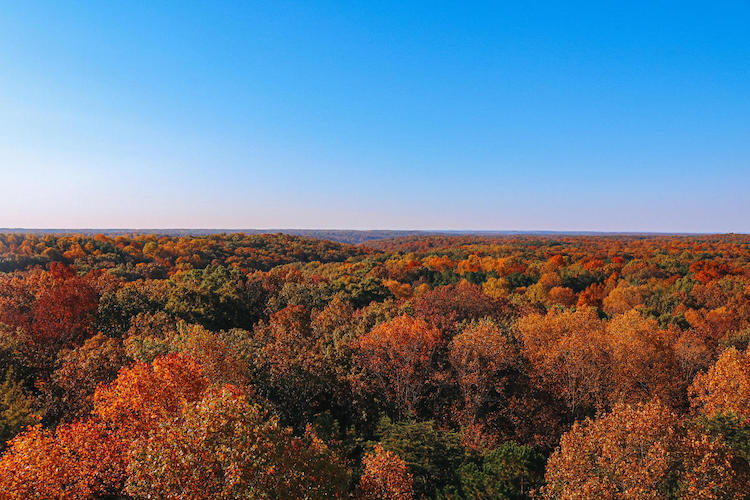Tanzanite vs Sapphire – What’s the Difference and Price in UK?
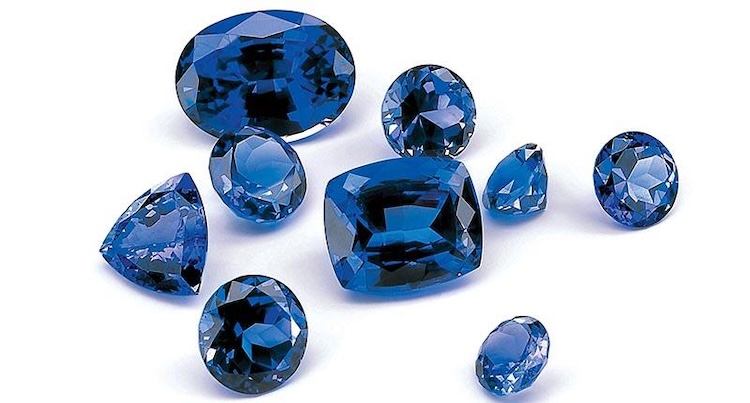
Blue gemstones are synonymous with royalty in the UK, especially Kate Middleton’s popular Sapphire engagement ring. They are sought-after, especially in jewelry making and engagement rings. So, if you cannot decide which gem to buy, here is a complete breakdown of Tanzanite vs Sapphire and its price in the UK.
Gemstones have fascinated humans for centuries, captivating us with their brilliance, color, and rarity. Among hundreds of gemstones, Tanzanite and Sapphire stand out for their allure. While both are prized for their beauty and elegance, they differ in various aspects, including color, hardness, value, rarity, composition, and affordability.
Let’s take a look at the unique features of Sapphire and Tanzanite, exploring their differences and aspects, and helping you decide which gemstone is the perfect fit for you.
What is Tanzanite?
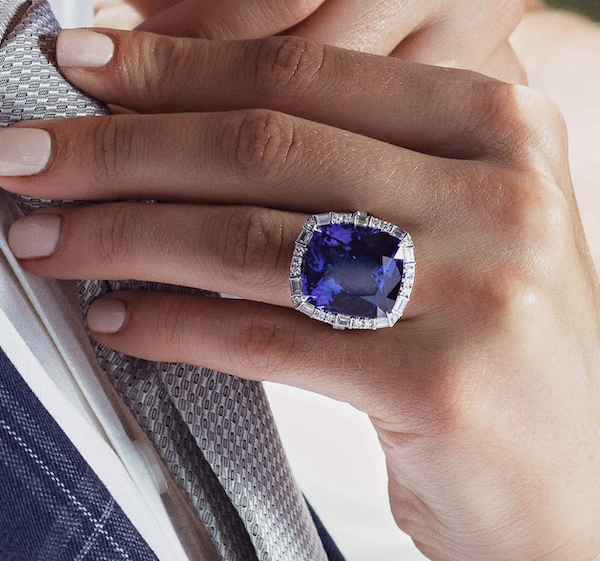
Tanzanite is a mesmerizing gemstone renowned for its breathtaking blue-violet hues. Discovered relatively recently in the foothills of Mount Kilimanjaro in Tanzania in the 1960s, Tanzanite quickly captured the attention of gemstone enthusiasts worldwide.
Its striking color variations range from deep indigo to vibrant violet, often displaying pleochroism, meaning it exhibits different colors when viewed from different angles.
This gemstone belongs to the mineral species called zoisite, which is formed of calcium aluminum silicate. Its vivid blue-purple color is due to the presence of vanadium, and chromium impurities within the crystal structure.
Because of its rarity, as it’s only found in Tanzania, Tanzanite is one of the most sought-after gemstones in the world.
What is Sapphire?
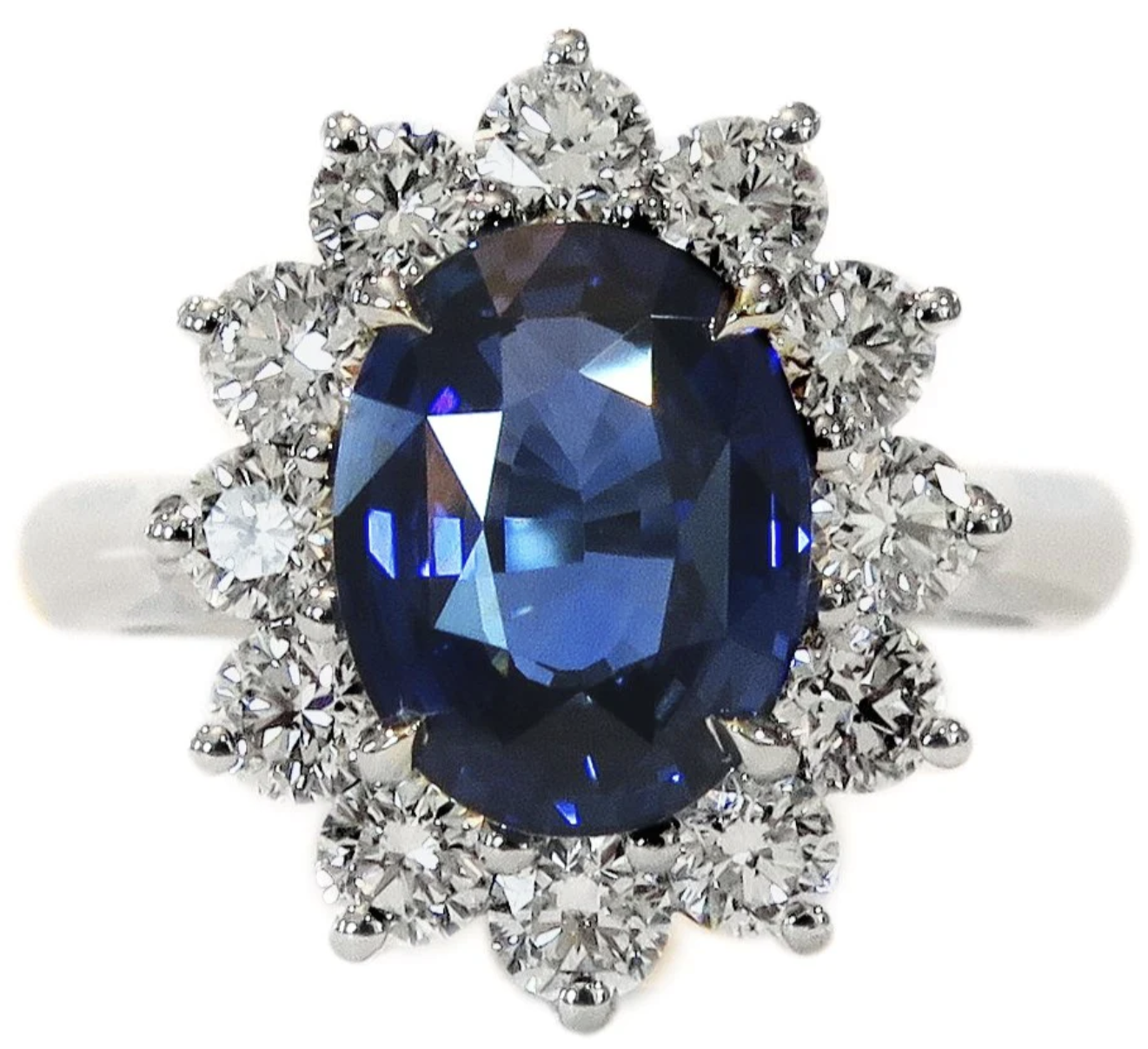
Sapphire is a classic gemstone revered for its rich blue hues. However, the stone comes in a spectrum of colors, including yellow, green, pink, and even colorless (called white sapphire).
Sapphire is a variety of the mineral corundum, an aluminum oxide crystal. Its blue coloration is typically caused by the presence of trace elements of titanium and iron within the crystal lattice.
Sapphire has been cherished throughout history because of its brilliance and durability. The blue gemstone is often associated with nobility and royalty. The most famous example of a sapphire engagement ring is the one worn by Princess Diana and subsequently by Kate Middleton, Duchess of Cambridge.
Also read:
- How much is fluorite worth
- How much is calcite worth
- How much is citrine worth
- How much is coral worth
Tanzanite vs Sapphire – Key Differences and Price in the UK
Here are the key differences between Sapphire and Tanzanite and its price in the UK:
Color
The most noticeable difference between Tanzanite and Sapphire lies in their color. Tanzanite exhibits shades of blue-violet, ranging from deep indigo to vibrant violet, whereas Sapphire is renowned for its rich blue hues, although it can come in various other colors as well.
While both gemstones offer stunning visual appeal, their distinct color profiles cater to different aesthetic preferences.
Hardness
Another crucial factor when comparing Sapphire and Tanzanite is their hardness. Hardness in gemstones is measured on the Mohs scale, with diamonds being the hardest at 10.
Tanzanite has a hardness of around 6.5 to 7 on the Mohs scale, making it relatively softer and more susceptible to scratches and abrasions compared to Sapphire, which boasts a hardness of 9.
This significant difference in hardness contributes to Sapphire’s reputation for durability and resilience, making it suitable for everyday wear, including engagement rings and other jewelry pieces subjected to regular wear and tear.
Value
The value of the gemstone depends on various factors including color, size, clarity, and rarity. Tanzanite’s value is primarily determined by its color intensity, with deeper, more vibrant hues fetching higher prices.
Due to its limited geographical occurrence and the challenges associated with mining in Tanzania, Tanzanite is considered relatively rare, which contributes to its value in the gemstone market.
Sapphire’s value, on the other hand, depends on various factors, but vivid blue hues command premium prices. Sapphires from renowned sources like Kashmir, Myanmar, and Sri Lanka are highly coveted and can fetch significant sums at auctions and in the jewelry market.
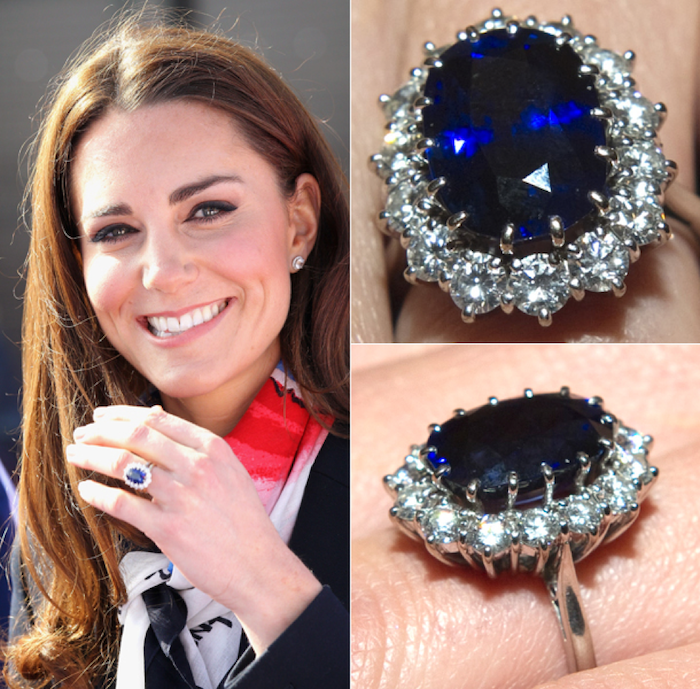
Rarity
Tanzanite’s rarity stems from its limited geographic occurrence in Tanzania, specifically in the Merelani Hills near Mount Kilimanjaro. The geological conditions required for Tanzanite formation are unique, further contributing to its scarcity. As a result, Tanzanite is considered one of the rarest gemstones in the world.
Sapphire, while not as rare as Tanzanite, still holds significant value due to its scarcity of high-quality, large-sized specimens. The most prized Sapphires come from specific regions known for producing exceptional gemstones, such as Kashmir, where the blue Sapphires are renowned for their velvety texture and intense color saturation.
Composition
Tanzanite and Sapphire have different chemical composition and crystal structure. Tanzanite belongs to the mineral species zoisite and is made up of calcium aluminum silicate with trace elements of vanadium and occasionally chromium impurities.
In contrast, Sapphire is a variety of corundum, an aluminum oxide crystal, with its blue coloration attributed to trace elements of titanium and iron within its crystal lattice.
Affordability
Tanzanite’s rarity and limited geographic occurrence contribute to its higher price compared to Sapphire. While Tanzanite’s value has appreciated over the years, it remains relatively more affordable than other precious gemstones like diamonds or rubies.
Sapphire, depending on its color, clarity, and origin, can vary widely in price. While some Sapphires, particularly those from esteemed sources like Kashmir, command exorbitant prices due to their exceptional quality and rarity, others, such as commercial-grade Sapphires from regions like Australia or Thailand, are more accessible to a broader range of consumers.
For example, an 8-carat Tanzanite is available for around $3,799 in the UK. Similarly, an 8-carat certified Sapphire gemstone is around $40,000 or more in the UK, with big, unique pieces fetching millions of dollars.
Tanzanite vs Sapphire FAQs
Is Tanzanite harder than Sapphire?
No, Tanzanite is not as durable or harder than Sapphire. Sapphire has a 9 ranking on the Mohs scale of hardness, while Tanzanite ranks between 6 to 6.5.
Is Tanzanite and Blue Sapphire the same?
While Tanzanite and blue Sapphire have the same color, they are very different gemstones with different properties and origins. Tanzanite was discovered in the 1960s, while Sapphire has been treasured for centuries.
What’s more expensive Sapphires or Tanzanite in the UK?
Sapphire is more expensive than Tanzanite in the UK. A 1 carat of Sapphire is five times the price of 1 carat of Tanzanite.
Conclusion
That brings us to the end of our Tanzanite vs Sapphire guide and its price in the UK. Tanzanite and Sapphire are both captivating gemstones prized for their beauty, elegance, and distinct characteristics. While Tanzanite enthralls with its mesmerizing blue-violet hues and rarity, Sapphire enchants with its rich blue tones and exceptional durability.
Although both gemstones look alike, Sapphires are more durable and expensive than Tanzanite. It is also more desirable in the UK. Understanding the differences between Tanzanite and Sapphire, including color, hardness, value, rarity, composition, and affordability, can help consumers make informed decisions when selecting the perfect gemstone for their jewelry collection.

